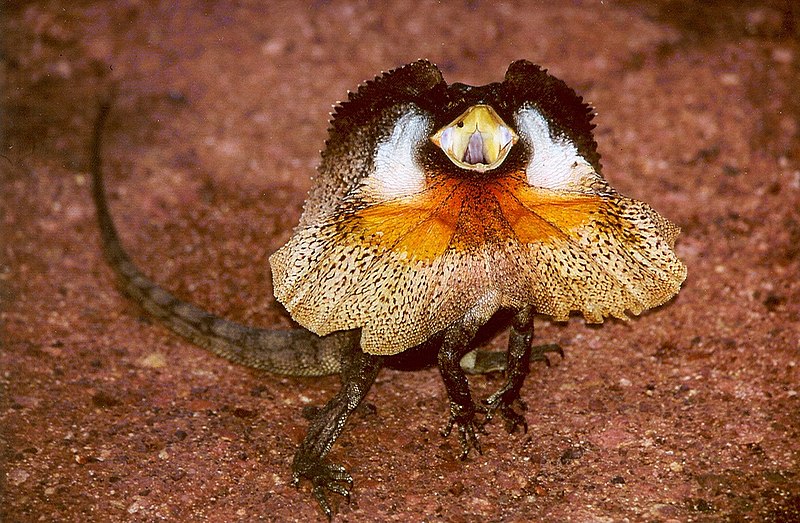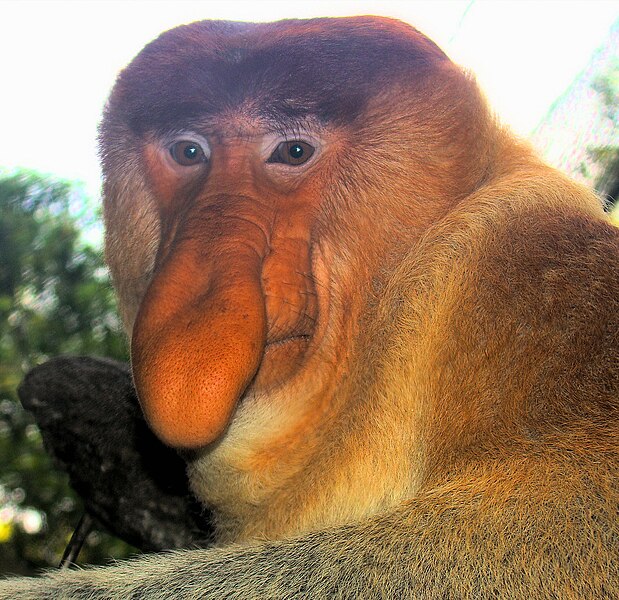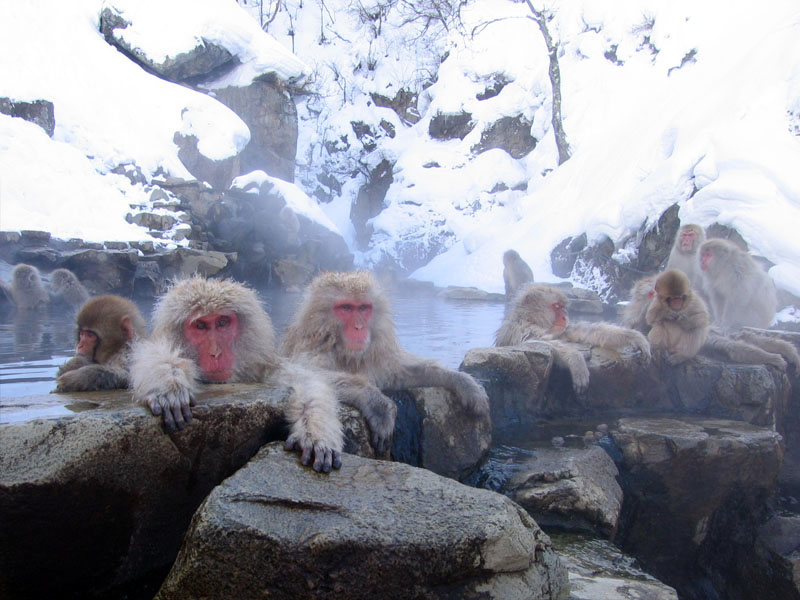Hey, Have You Seen the Most Beautiful Faces in the Animal World?
The animals on the list below are beautiful because of their exceptionally colorful faces. See some of the most beautifully painted faces in the world.
Channel-billed Toucan (Ramphastos vitellinus)
The Channel-billed Toucan is a beauty to behold. This colorful bird can be found in tropical South America.
This brightly marked bird has large bill that is about 9 cm typically grows up to 48 cm long.
This bird has a colorful face- the eyes are blue, the bill black with bright yellow band and the area around its eyes are red-orange.
Golden Snub-nosed Monkey (Rhinopithecus roxellana)
One species of monkey with the most beautiful faces is the Golden Snub-nosed Monkey. This monkey inhabits temperate, mountainous forests of central and south-western China . The Chinese name is Sichuan Golden Hair Monkey and is also widely referred to as the Sichuan Snub-Nosed Monkey.
. The Chinese name is Sichuan Golden Hair Monkey and is also widely referred to as the Sichuan Snub-Nosed Monkey.
Aside from very long, golden guard hairs on its back and cape area, another distinctive feature of this monkey is its uniquely marked and colored face. The areas around its eyes, nose and mouth are baby blue in color and appear to be wearing some kind of mask.
Blue Peafowl (Pavo cristatus)
You’ll probably be captivated by the beauty of this bird from South Asia the moment you see its whole-body picture. But even so, the face is enough for you to consider it a beauty to behold.
the moment you see its whole-body picture. But even so, the face is enough for you to consider it a beauty to behold.
The Blue Peafowl, which is more popularly known as Indian Peafowl, is splendid for the long train made up of elongated upper-tail covert feathers which bear colorful eyespots. But it is also stunning with the bright blue coloration of its face and throat area.
Monyet Belanda (Nasalis larvatus)
An animal with one of the most prominent nose in the world is the Monyet Belanda, more popularly known as the Proboscis Monkey. In Indonesia , it is known as the Bekantan. This unique monkey of Southeast Asia uses its nose to attract mate ant to make warning calls louder. Its Malay name Monyet Belanda means ‘Dutch Monkey’ because Dutch people who colonized the area had large belly and nose too. Its amazingly large nose can be as long as 7 inches. At birth, a Proboscis Monkey has a blue face, blackish fur
, it is known as the Bekantan. This unique monkey of Southeast Asia uses its nose to attract mate ant to make warning calls louder. Its Malay name Monyet Belanda means ‘Dutch Monkey’ because Dutch people who colonized the area had large belly and nose too. Its amazingly large nose can be as long as 7 inches. At birth, a Proboscis Monkey has a blue face, blackish fur  and a normal sized nose. But as it grows older, fur coloration changes and the nose grows. It is also simply the Long-nosed Monkey.
and a normal sized nose. But as it grows older, fur coloration changes and the nose grows. It is also simply the Long-nosed Monkey.
Green Peafowl (Pavo muticus)
Like the Blue Peafowl, the Green Peafowl does not only have long and extravagant tail feathers but also possesses one of the most beautiful and most colorful faces. So, like the Blue Peafowl again, it is pretty up and down. This lovely-looking bird is endemic to Southeast Asia .
.
Silvery Marmoset (Mico argentatus)
One of the cutest-looking with a yellow-faced monkey is the Silvery Marmoset. This beautiful creature is native to Brazil. Another prolific feature of this species is its naked, flesh-colored ears which stand out from the skin. It can grow up to 28 cm and can weigh as much as 400 g.
Another prolific feature of this species is its naked, flesh-colored ears which stand out from the skin. It can grow up to 28 cm and can weigh as much as 400 g.
Red-breasted Toucan (Ramphastos dicolorus)
The Red-breasted Toucan is a small but beautiful and colorful bird of South America. It can only weigh about 350 grams and can attain a length of 10 cm. Like all other toucans, its beak is its most prominent feature. It is also known as the Green-billed Toucan
Golden Pheasant (Chrysolophus pictus)
The Golden Pheasant is a brightly-colored gamebird with beautiful face, of course. This pretty bird is native to China , hence it is also known as Chinese Pheasant. The face of Golden pheasant is extravagantly bright with its golden crest and rump. Its eyes are bright yellow in color. The throat, chin and the sides of neck are rusty tan. The wattles and orbital skin are both yellow in color.
, hence it is also known as Chinese Pheasant. The face of Golden pheasant is extravagantly bright with its golden crest and rump. Its eyes are bright yellow in color. The throat, chin and the sides of neck are rusty tan. The wattles and orbital skin are both yellow in color.
Japanese Macaque (Macaca fuscata)
Isn’t it amazing to see monkeys go on for swimming? I never could have thought that monkeys love to stay in hot springs too like humans. With a red/pink-colored face - the Japanese Macaque is simply beautiful. It is native to Japan and it is also known as the Snow Monkey.
and it is also known as the Snow Monkey.
Green Aracari (Pteroglossus viridis)
This small bird is simply beautiful and adorable. The beak is awesomely colorful and the eyes are incredibly pretty. The Green Aracari is native to South America . This popular pet bird
. This popular pet bird can grow up to 34 cm. It feeds mainly on fruits.
can grow up to 34 cm. It feeds mainly on fruits.
See also
























